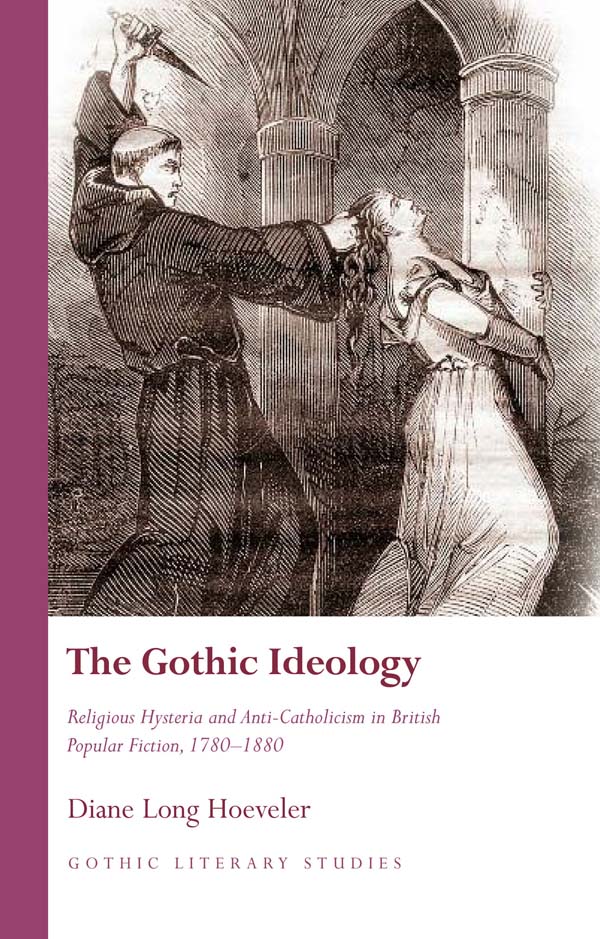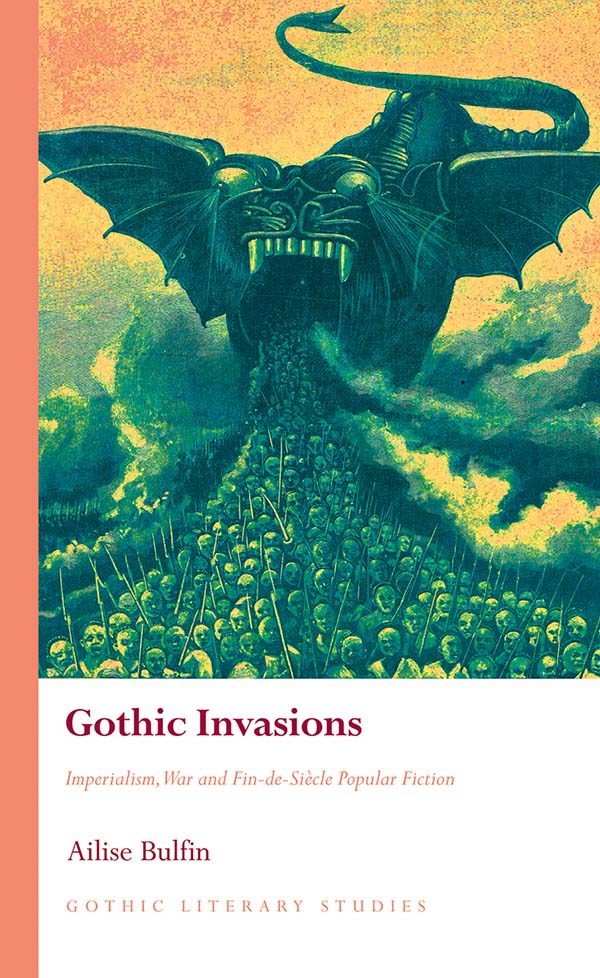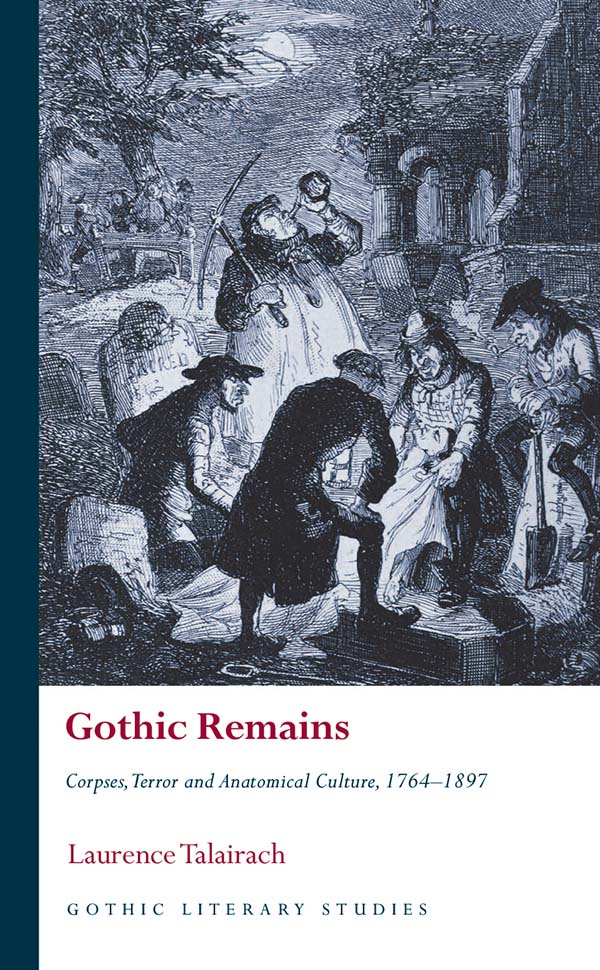The Gothic at War
Masculinity in Conflict, 1760 - 1818
Author(s) Lauren J. Nixon
Language: English
Genre(s): Literary Criticism
Series: Gothic Literary Studies
- June 2025 · 272 pages ·216x138mm
- · Hardback - 9781837722648
- · eBook - pdf - 9781837722655
- · eBook - epub - 9781837722662
This is an in depth exploration of how the Gothic literature boom of the late-eighteenth century was a response and reaction to the expansion of the British empire, and to the continued periods of war in the second half of the century. The Gothic has often been discussed in relation to the French Revolution as a literature of terror, but The Gothic at War demonstrates how the works of Gothic writers such as Horace Walpole, Charlotte Smith and Ann Radcliffe were also a literature of conflict. This study places a particular focus on masculinity and national identity, analysing how the representations of war and the figure of the soldier in the Gothic of the era allowed women writers in particular to explore anxieties about manliness and nationality.
‘The Gothic at War is a significant and timely work. Drawing on a range of representative Gothic narratives, Dr Nixon convincingly interrogates how the trauma of contemporary warfare may be imbricated in ostensibly historical fictions, and how gentlemanly masculinity may be readily distorted by the apparent necessity of violence. Meticulously researched and lyrically written, The Gothic at War will prove a key text for both Gothicists and more general scholars of the Georgian period.‘
William Hughes, Professor of Literature in English, University of Macau
Introduction: Reclaiming Ancient Glories?: Military masculinity and the rise of the Gothic
Chapter One: ‘His gallant and indefatigable behaviour’: Horace Walpole, Henry Seymour Conway, and finding the soldier in The Castle of Otranto
Chapter Two: Champions of Virtue: Effeminacy, chivalry and national virtue in Clara Reeve’s The Old English Baron
Chapter Three: ‘That which is right’: Fashioning the soldier as hero in the early works of Ann Radcliffe
Chapter Four: ‘Tinsel ornaments’: Revolution, Gothic realties, and Charlotte Smith’s anti-war novels
Chapter Five: ‘He is just what a young man ought [not] to be’: Anxiety, conflict and failed masculinity in Ann Radcliffe’s The Mysteries of Udolpho
Chapter Six: ‘I am not what I am’: Fractured masculinities and female distress in The Midnight Bell and Clermont
Conclusion: ‘This comes of the peace’: War and the Gothic beyond the Napoleonic
Bibliography






